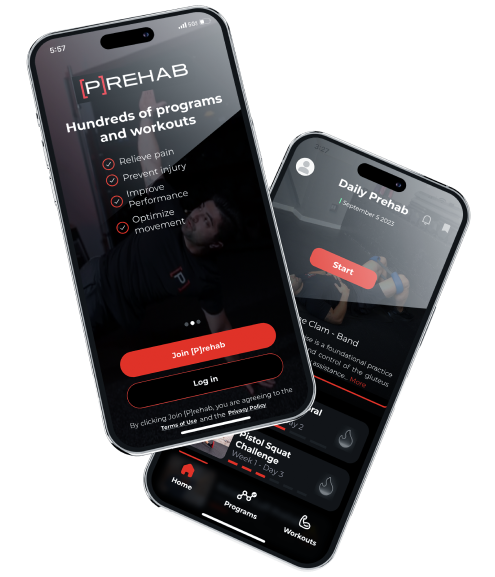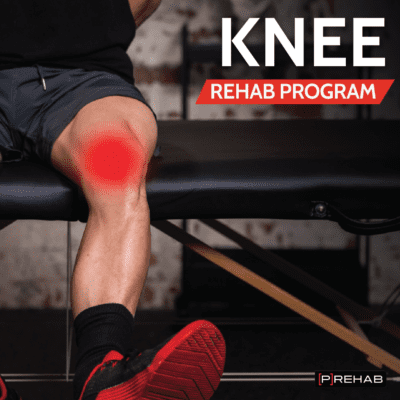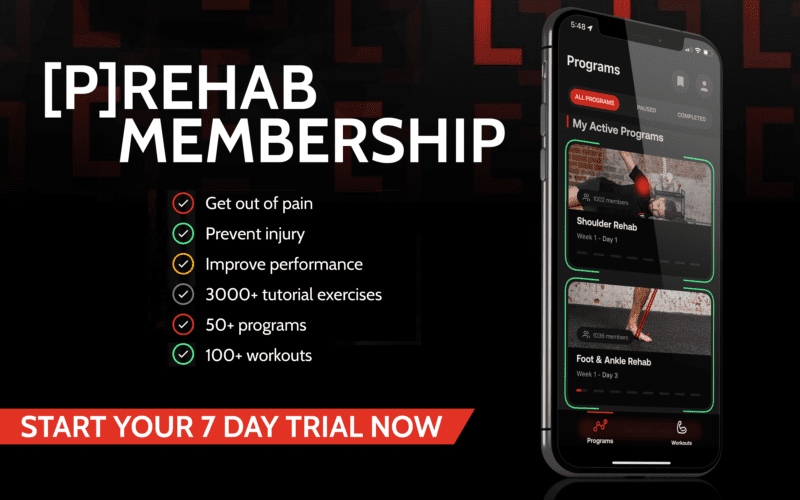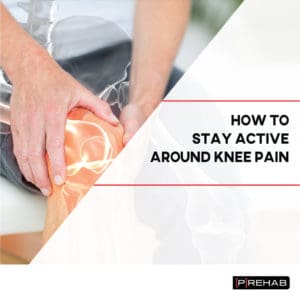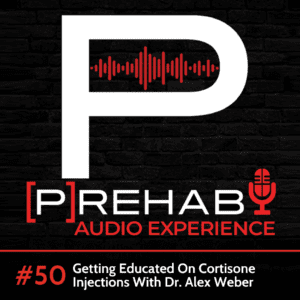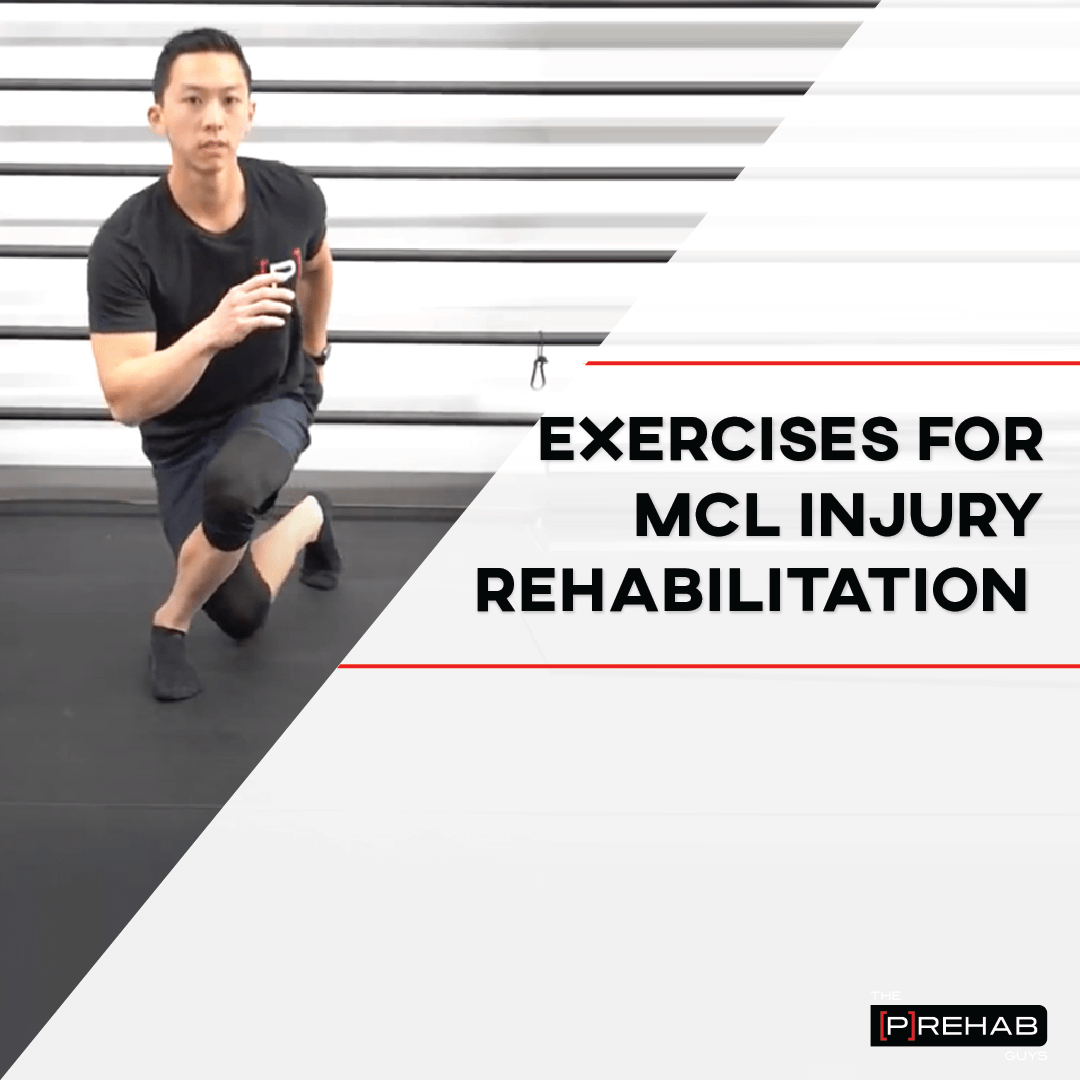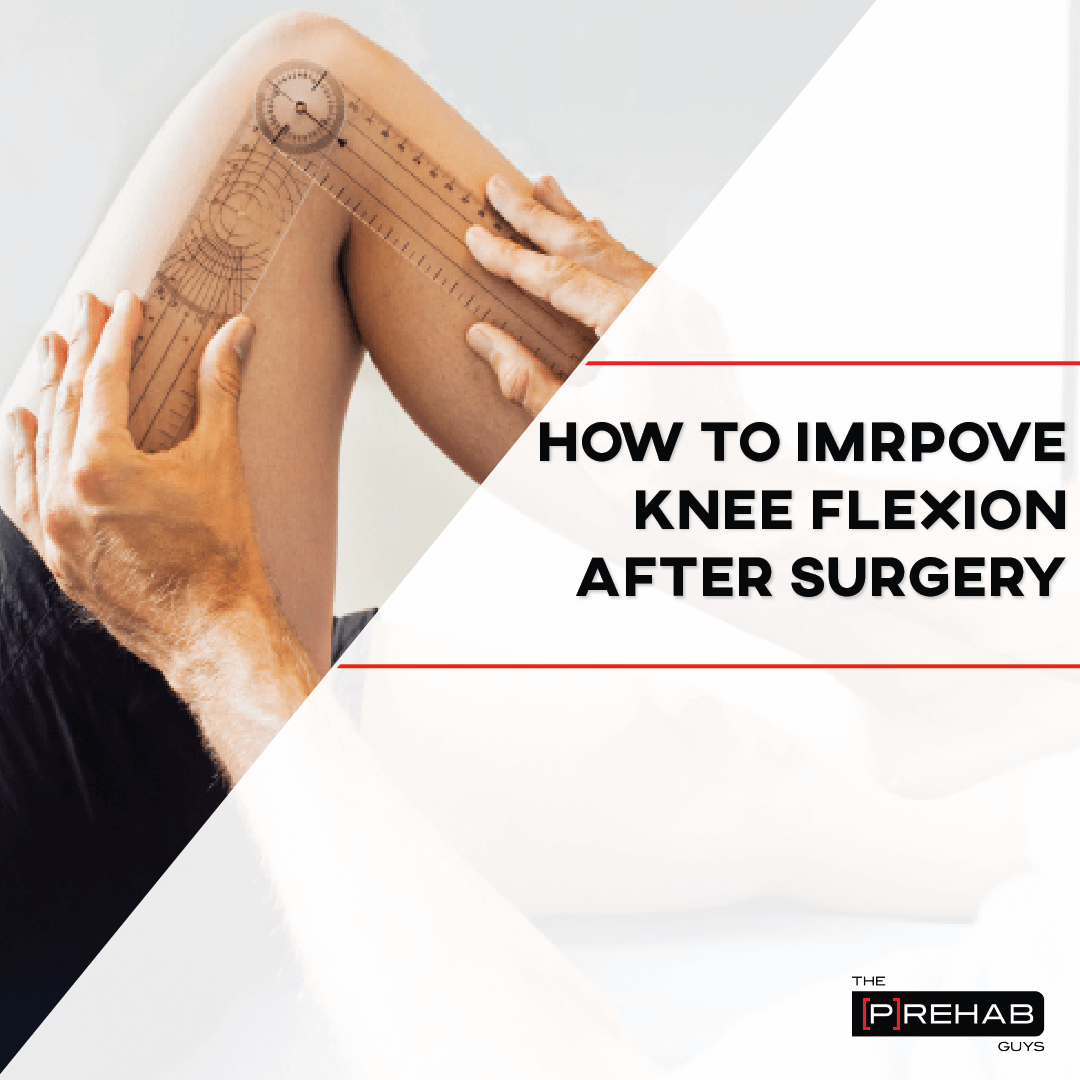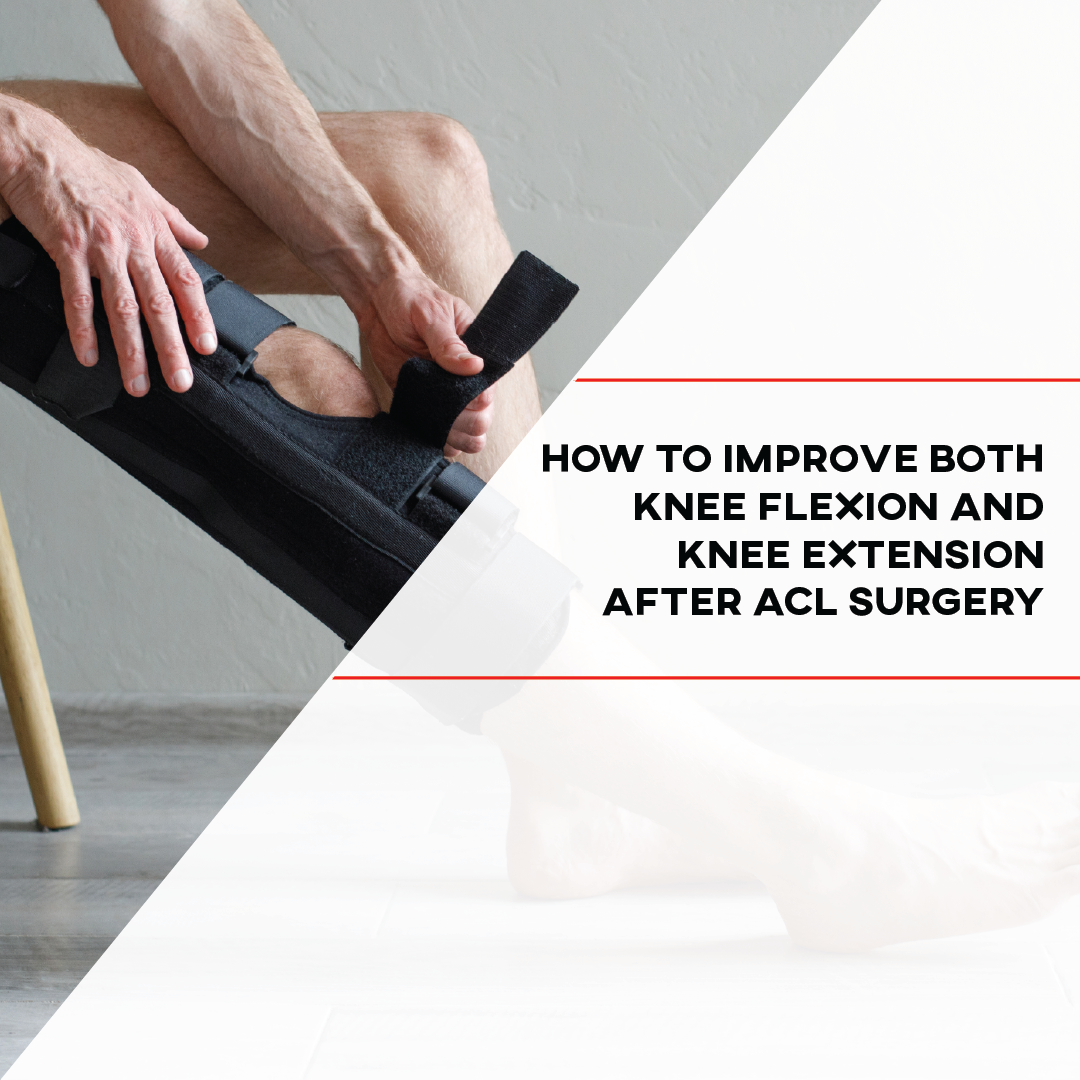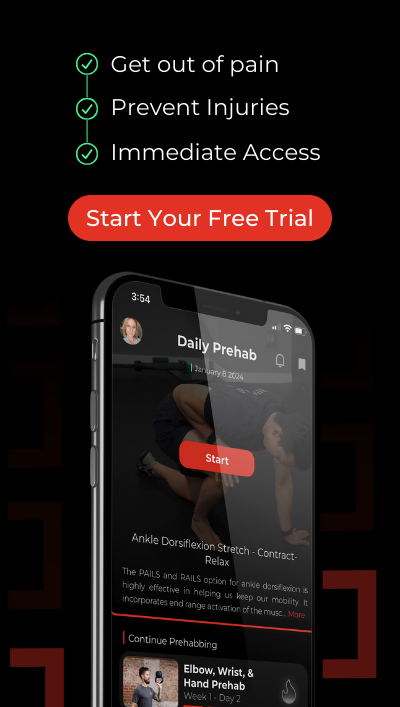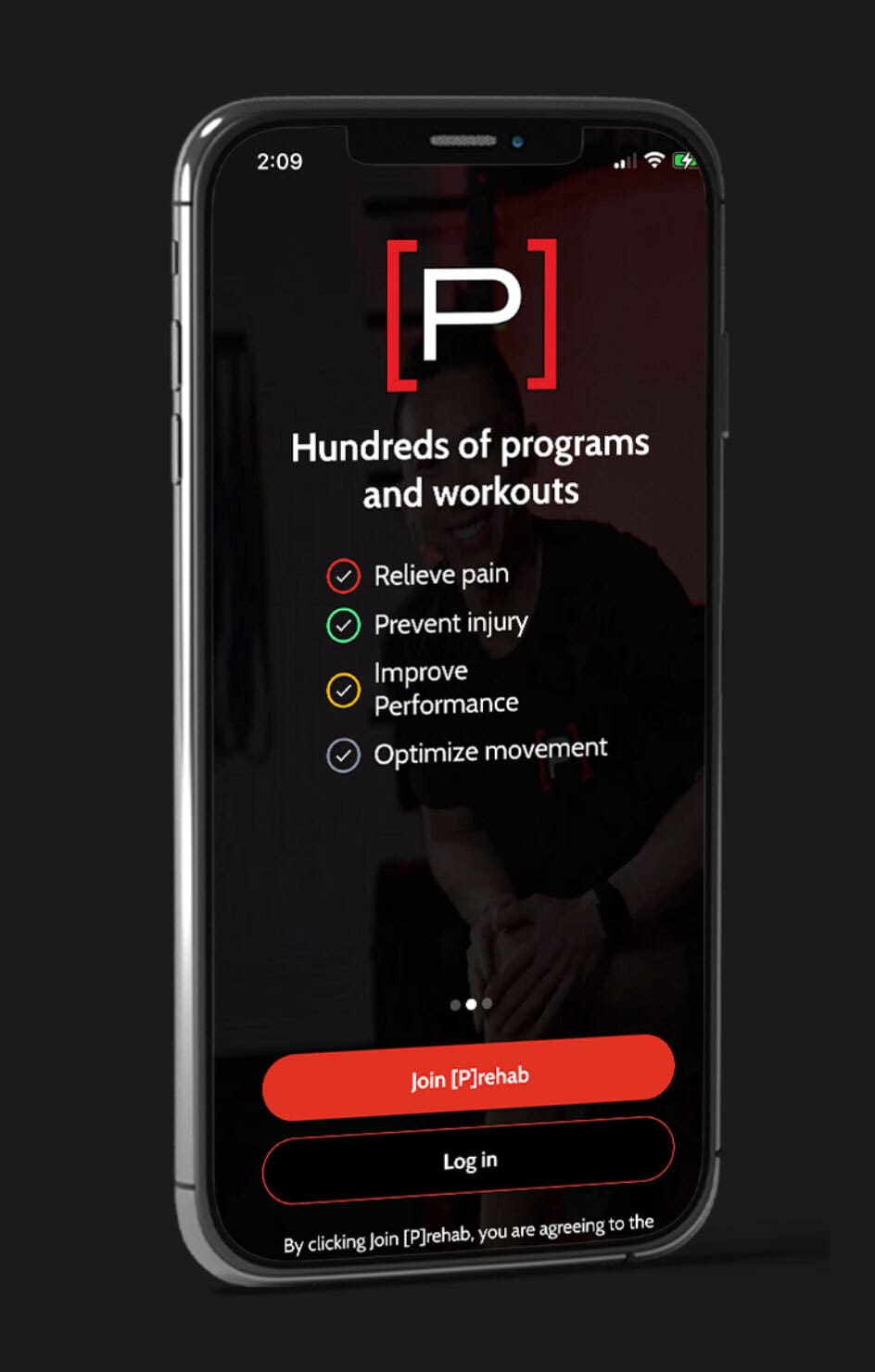According to the CDC (Centers for Disease Control and Prevention), over 32.5 million Americans are living with osteoarthritis (OA). OA when we break it down means inflammation of a bony joint, and occurs most frequently in synovial joints which are designed for movement such as the hips and knees. Knee OA specifically can affect a person’s ability to walk, climb stairs, and perform daily activities of living. It is often characterized by a “stiffness” feeling in the joint, especially first thing in the morning, as well as dull, achy pain and intermittent swelling.
The good news? Knee OA is normal and common and exercise has been researched and proven to be effective in the management of OA, ready to take control of your health with knee osteoarthritis exercises? Read on for more!
What is Osteoarthritis?
Osteoarthritis is a very common, and the most common type of arthritis, and as stated above, is commonly referred to as “joint wear and tear”. You may also often hear people refer to being “bone on bone”. This is because the process of OA is a degenerative one, causing the slow breakdown of the joint over time. This causes underlying changes to the bony structures of the joint, which in turn leads to scraping of the bony surfaces on one another. A person with OA might hear cracking, grinding, or other noises coming from the joint as they move about, and this may be accompanied by pain and swelling (1).
Curious about other tips and tricks you could be trying for your knee pain? Check out this video HERE!
OA is not often caused by simple “wear and tear,” however it is often more likely caused by:
- Joint trauma, such as an accident or crush injury
- Abnormal joint structure, and/or
- A genetic defect in the cartilage of the joint
OA symptoms often become more prevalent as a person ages and may require several interventions such as injections, physical therapy, medications, topical creams, or surgery to mitigate the symptoms. Other common symptoms of OA include:
- Pain when using the joint. In the later stages of the condition, there may be constant pain which can be localized or widespread
- Joint stiffness, most commonly in the morning and easing as the day goes along
- Visible bony deformities and changes
- Swelling in and around the joint, especially after periods of use
- A feeling that the joint is “loose” or “unstable”
LEARN MORE ABOUT OUR KNEE REHAB PROGRAM
Looking to truly tackle that knee OA but aren’t sure where to start? Our [P]Rehab Knee Rehab Program is just what you are looking for! This 8-week program is designed to help get you out of pain and on the path to conquering your knee OA! For more information, click HERE.
Exercise and Knee Osteoarthritis
Is exercise good for a person with OA you ask? One might wonder if there would be additional damage done to a joint with OA by introducing an exercise and load-bearing routine. However, exercise has been well-researched in persons with OA and found to be an effective tool for management! Great news! It has been stated that education, exercise, and weight loss are the cornerstones of OA management, followed closely by NSAIDs, corticosteroid injections, and other adjunctive medications (2).
Exercise is often the first line of defense for a person with OA and can help significantly with maintaining a person’s function and preferred activities for a long period. Exercise can help strengthen the structures around the damaged joint such as the tendons, ligaments, and muscles, as well as keep the joint lubricated to prevent further damage.
One study showed that an 8-week education and exercise routine was proven to be as effective as four saline injections into the knee (3). Knee osteoarthritis exercises are a great, non-invasive way to help your OA symptoms!
Choosing the correct knee osteoarthritis exercises is important for someone with knee OA. One should likely avoid high-rep, high-impact exercises to begin such as repetitive jumping as this may worsen inflammation in the joint. However, load-bearing and strengthening exercises have been proven to be effective as well as NOT harmful to the cartilage both in populations at risk for OA and those with an actual diagnosis of OA (4). Stretching, balance, agility, and water aerobics have also proven to be effective at managing knee OA symptoms.
READ: HOW TO STAY ACTIVE AROUND KNEE PAIN
To summarize, exercise is SAFE even with a diagnosis of knee OA! An exercise routine should always be under the supervision of a doctor or your physical therapist when diagnosed with knee OA so that you can safely be progressed based on your symptoms.
Knee Osteoarthritis Exercises
Now that we know exercise can be safe and beneficial for those with knee OA, what knee osteoarthritis exercises are most effective? The exercises below are a non-exhaustive list, however, they are a great and safe starting point to start to manage your knee OA symptoms, stretch and strengthen the structures around the knee, and start to build a good exercise and health routine to manage your condition.
Standing Hip Flexor Stretch:
Working on maintaining mobility of the hip is crucial in regards to maintaining mobility of the entire lower extremity. Addressing mobility of the hip and ankle plays a big role in knee mobility and health.
Standing Hamstring Stretch – Dynamic:
The hamstrings play a role in knee flexion, it’s important to address mobility through the posterior chain to maintain appropriate knee flexion and extension.
Long Arc Quad – Band:
Maintaining strength of the quadriceps muscle group is important! The quadriceps muscle group assists with walking, going up and down stairs and other daily activities. Does it play a role in knee health? You bet’cha!
Air Squat:
Make your knee strengthening functional! Working on air squats and then progressing to loaded squats with weights is a great way to improve tissue tolerance and resilience as tolerated!
Single Leg Balance – Kettlebell Handoff:
Balance work is also key in managing knee osteoarthritis symptoms and tolerance to performance of standing related tasks. Try adding in a kettlebell handoff for an extra challenge!
What Other Treatments are Available other than Knee Osteoarthritis exercises?
Several other treatments may aid in managing the symptoms of knee OA. Your doctor may suggest NSAID (non-steroidal anti-inflammatory) medications, a corticosteroid injection or viscosupplement injected into the joint.
LISTEN: GETTING EDUCATED ON ‘CORTISONE SHOTS’ WITH DR. ALEX WEBER
In advanced stages when all other conservative treatments are no longer effective, a surgical approach could be appropriate. This could come in the form of arthroscopic surgery to clear out damaged cartilage, or a uni/total knee replacement. Other forms of conservative treatment may include water aerobics to decrease load and inflammation on the joint, low-impact aerobics such as cycling or Tai Chi, weight loss programs, topical analgesics, or knee braces to help stabilize the joint.
LEARN MORE ABOUT OUR KNEE REHAB PROGRAM
Looking for more ways to improve your knee pain? Our Knee Rehab Program is just what you are looking for! This 8-week program is designed to get you back on your feet!
Closing Thoughts
Exercise can be an extremely beneficial tool to help manage symptoms of knee OA. It is proven to be safe and effective when progressed properly, and the correct “dosage” and types of exercise are chosen for the individual. We hope we can give you a jump start on your journey to managing your knee OA using the stretches and exercises discussed above. We all live life better when our joints are happy!
References
- U.S. Department of Health and Human Services. (2022, June 8). Niams health information on osteoarthritis. National Institute of Arthritis and Musculoskeletal and Skin Diseases. Retrieved November 10, 2022, from https://www.niams.nih.gov/health-topics/osteoarthritis/diagnosis-treatment-and-steps-to-take
- Katz JN, Arant KR, Loeser RF. Diagnosis and Treatment of Hip and Knee Osteoarthritis: A Review. 2021;325(6):568–578. doi:10.1001/jama.2020.22171
- Bandak E, Christensen R, Overgaard A, et al. Exercise and education versus saline injections for knee osteoarthritis: a randomised controlled equivalence trial. Annals of the Rheumatic Diseases 2022;81:537-543.
- Bricca A, Juhl CB, Steultjens M, et al. Impact of exercise on articular cartilage in people at risk of, or with established, knee osteoarthritis: a systematic review of randomised controlled trials. British Journal of Sports Medicine 2019;53:940-947.
About The Author
Taryn Beaumont, PT, DPT, CLT, CF-L1, CNC
[P]rehab Writer & Content Creator

Disclaimer – The content here is designed for information & education purposes only and is not intended for medical advice.
About the author : Taryn Beaumont PT, DPT, CLT, CF-L2, CNC
Related posts
Get Proactive with Prehab
- ✔ Zero wait times, no hidden fees, no barriers to entry!
- ✔ Get out of pain, get stronger, and improve your mobility
- ✔ Access to easy-to-digest physical therapy education videos & resources to learn about your body in the palm of your hand
- ✔ Guidance from trusted Doctors of Physical Therapy
